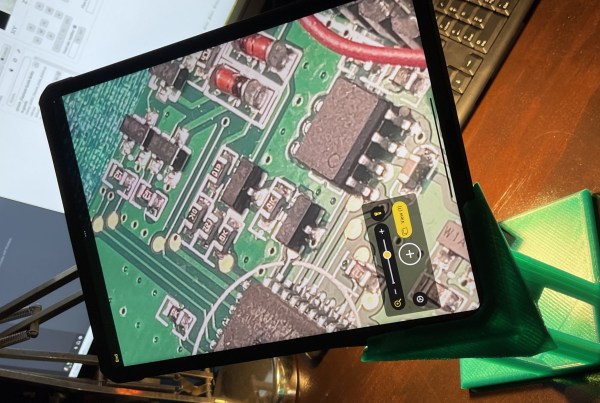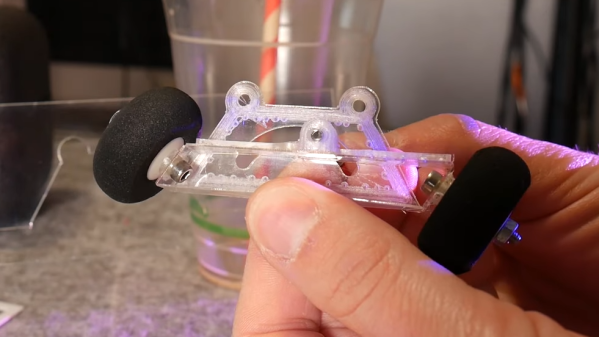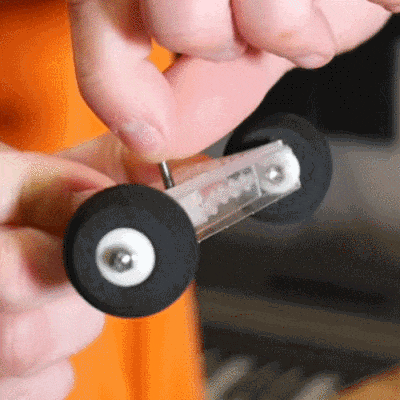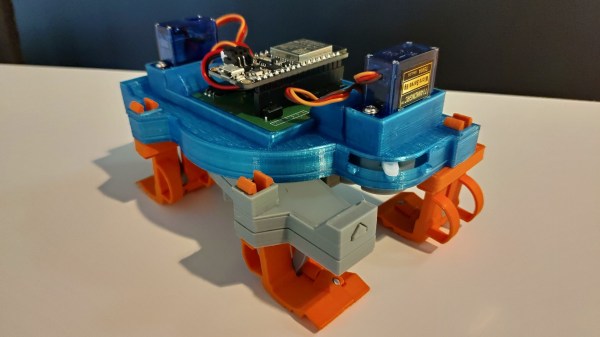We’re delighted to see the progress on [Foaly]’s 3D-printed Cortex 2 rocket, and the latest build log is full of beautiful pictures and design details. Not only is this rocket jam-packed with an efficiency of electronics and smart design, but it almost seems out to single-handedly prove that 3D-printing is far from the novelty some think it is.
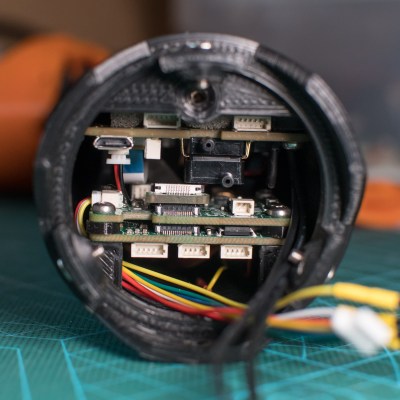
There is so much going on in the Cortex 2 that it simply wouldn’t be possible to do everything it does without the ability to make one’s own parts exactly to specification. In fact, there is so much going on that cable management is its own challenge.
Everything in the build log is interesting, but the design of the parachute system is of particular note. [Foaly]’s original Cortex rocket met it’s end when the parachute failed to deploy, and Cortex 2 is determined to avoid that fate if it can. For the parachute and any cords and anchors, a careful layout maximizes the chances of a successful deployment without anything tangling, but there are some extra features as well. The panel covering the parachute is mounted with the help of four magnets, which are mounted with opposing polarities. This provides an initial repulsing force when the door is unlocked by a servo, which should help wind immediately rush in to the opening to blow the panel away. The recovery system even has its own dedicated microcontroller and can operate autonomously; even if software for everything else crashes, the parachute will still get deployed. Locking connectors for all cables also ensure that acceleration forces don’t dislodge any contacts.
Everything about the rocket looks great, and the amount of work that has gone into the software is particularly evident. The main controller even has an interactive pre-flight checklist, which is a fantastic feature.
The last time we saw the Cortex 2 it was still only about half built, and we can’t wait to see how it performs. Rocketry is a field that has benefited greatly from things like 3D printing, the availability of highly-integrated electronics, and even such things as a rocket design workbench for FreeCAD. Better tools enable better work, after all.

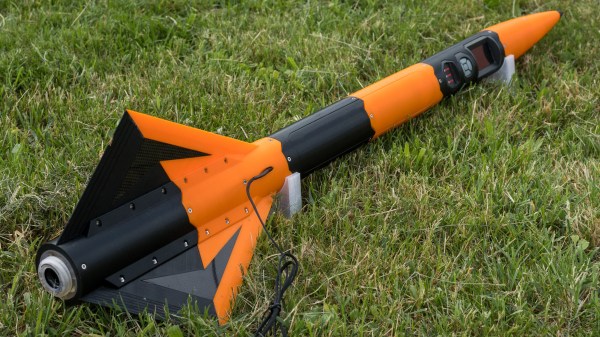
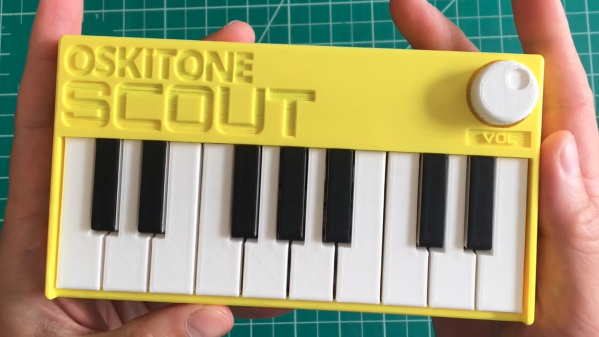
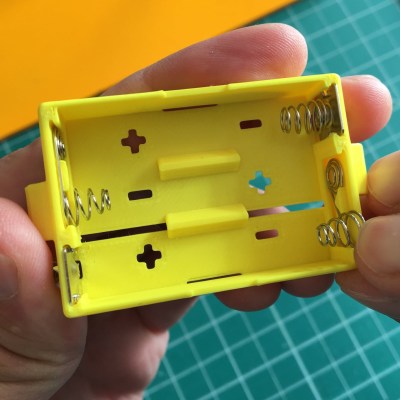
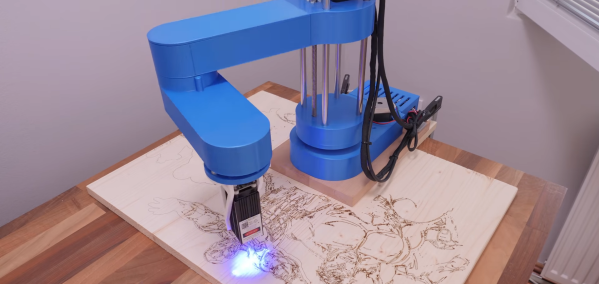
 The parts [Jan] is making are interesting, as well. He observed that the process of swapping resin in his printer’s build tank was an unpleasant experience for a number of reasons, chief among them being that resin is sticky and messy, and the shape of the build tank doesn’t make pouring resin from it a clean job.
The parts [Jan] is making are interesting, as well. He observed that the process of swapping resin in his printer’s build tank was an unpleasant experience for a number of reasons, chief among them being that resin is sticky and messy, and the shape of the build tank doesn’t make pouring resin from it a clean job.